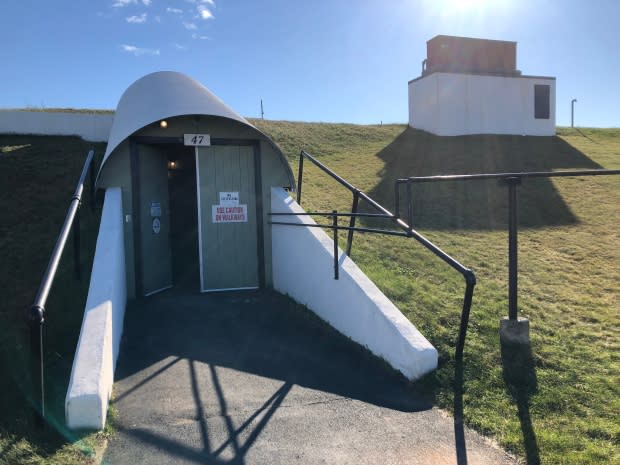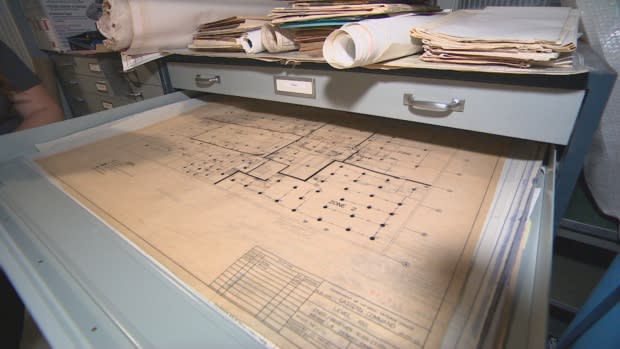How an atomic bomb shelter will provide Cold War-themed fun
Nova Scotia's legendary Diefenbunker is reopening to the public, enticing visitors to the former fallout shelter with a mix of escape rooms, laser tag and Cold War nostalgia.
The Canadian government built six gigantic underground complexes in the 1950s and 1960s to shelter political and military leaders after a nuclear strike.
Back then, about 350 lucky people would have entered Nova Scotia's bunker, near Debert, and could have survived for 90 days in isolation while the world outside burned.
But today, it's a different story.
"We're really excited to let people in and see the historic Diefenbunker," says Tyler Fields, event manager for Fallout Complex.
Public tours start on Nov. 24 and laser tag begins at the end of the month.
The escape rooms, which should open later this year, will split groups into American and Soviet Union teams. The Cold War rivals will race each other to freedom.
"Everything we do is going to tie back to this being a Cold War bunker," he says.

Documents released in the early 2000s showed Halifax was on the Soviet Union's long list of Canadian targets. If the Soviets had dropped a nuclear bomb on Halifax, Nova Scotia's political and military leaders would have rushed to the complex.
Once entering the main doors, they would have passed through three anti-radiation showers and then burned their old clothes. A Geiger counter would deliver the final verdict.
"If you fail, well, out you go," Fields says.
The bunker also has a special CBC room so a journalist could report on the apocalypse.

The bunkers are nicknamed for the prime minister who ordered them built — John Diefenbaker.
The one in Nova Scotia remained an active NATO site for decades and was government property until 2008.
Businessman Anton Self bought it then and turned it into Bastionhost, a digital data centre.
Self failed to pay his municipal tax bill and it was sold to current owner Jonathan Baha'i in 2012. When his workers started bringing it back to life, they relied on the original blueprints, which had been safely stored in an original cabinet.
The vintage 1950s control panel still runs the life-support systems, electricity, water pumping and temperature. "It's the last of its kind that's fully functional," Fields says.

Downstairs, in the damage assessment room, leaders would have consulted huge maps of the province in an attempt to determine who might be saved.

Baha'i hopes the bunker will attract workplaces looking for a novel team-building site and members of the public curious to explore a real fallout shelter.
The bunker will also offer secure self-storage, a media studio and a data centre.

